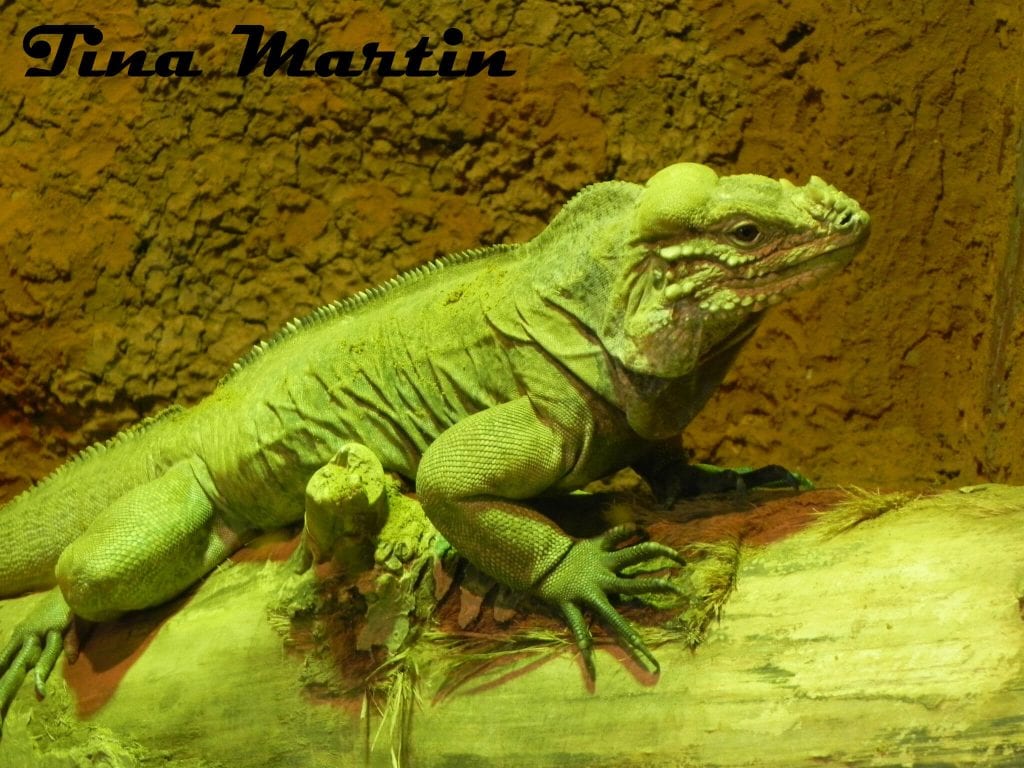
Rhinoceros Iguana Natural History
Size
This very stocky iguana reaches lengths of around 4.5 feet (137 cm).
Habitat and Distribution
These iguanas can be found throughout Haiti, The Dominican Republic and Hispaniola. Throughout their range they can be found in dry areas such as forests, rocky outcrops and scrubland.
Age
These iguanas live for approximately 20 years in captivity.
Diet
This is a predominantly herbivorous reptile feeding largely on leaves and fruits however when it comes across it will also feed on small amounts of carrion.
Groups and Breeding
In the wild the males of this species will aggressively defend large territories from other males, while the females will roam between these territories. After a short rainy season these iguanas will breed resulting in the female laying between 2 to 34 eggs. She will bury these in a nest underground, which she guards for the first couple of days but will then abandon. After around 85 days these are then ready to hatch out.
Threats
These iguanas are classified as endangered partly due to habitat destruction but also because they have long made up part of the diet of many people living throughout their range.
Interesting Facts
Their common name comes from the horn like projection on the tip of its snout which resembles a short rhino horn. It is thought that this horn may be used by males to fend off other males in territorial disputes allowing them to clash while sparring with one another.
The Rhinoceros Iguana During Your Day Out in Kent
Our three Rhinoceros Iguanas, Belle, Wendy and Toby can be seen in the new Reptile House which is home to a number of popular snake, lizard, crocodile and amphibian species.
The more you know…
Want to know more about this animal? Check out our keeper blogs about them here.
Iguana Awareness Day – 6th September
Conservation- A Brief Look at the Last Decade
Iguana introduce you to our Rhino Iguanas